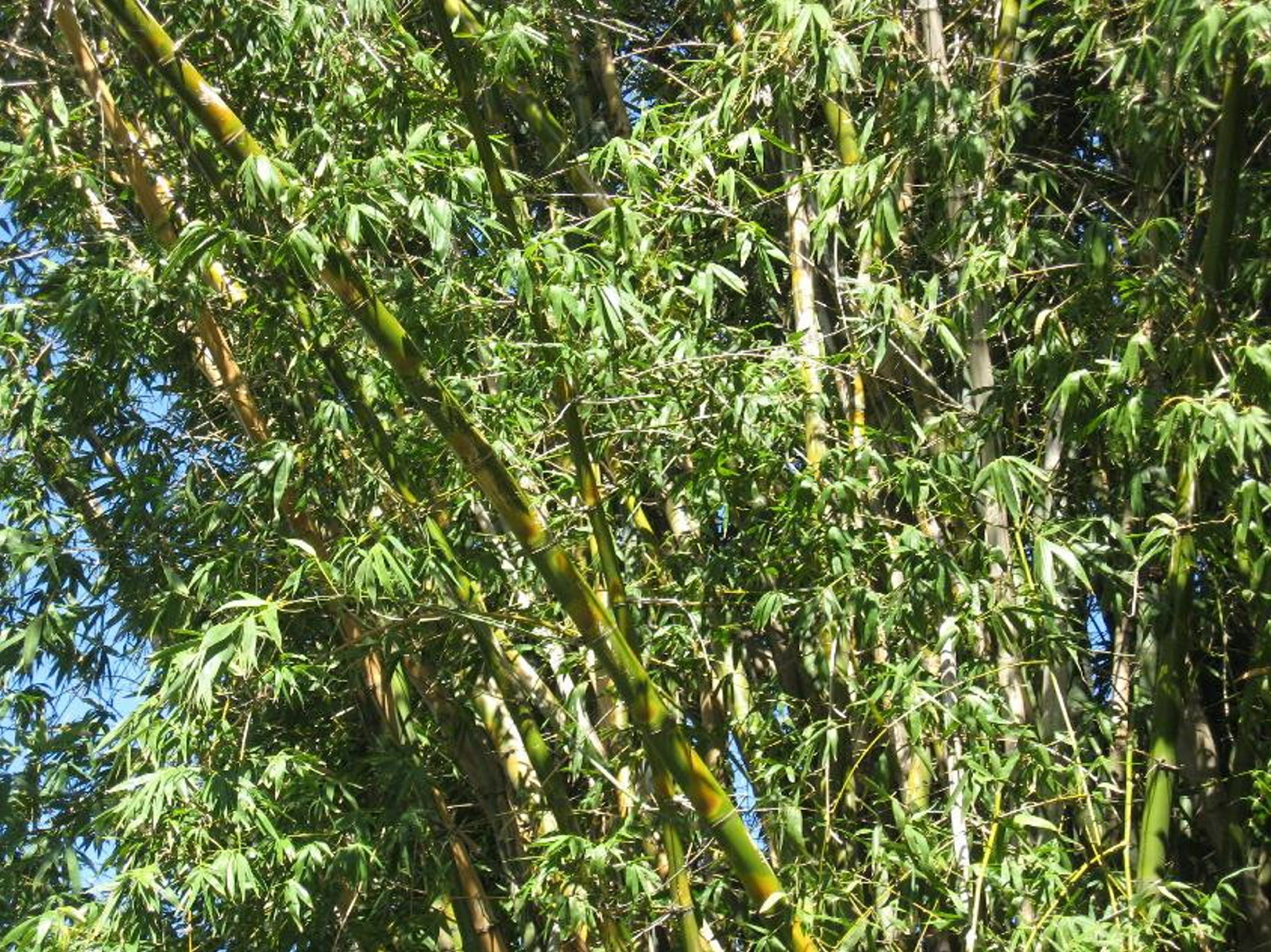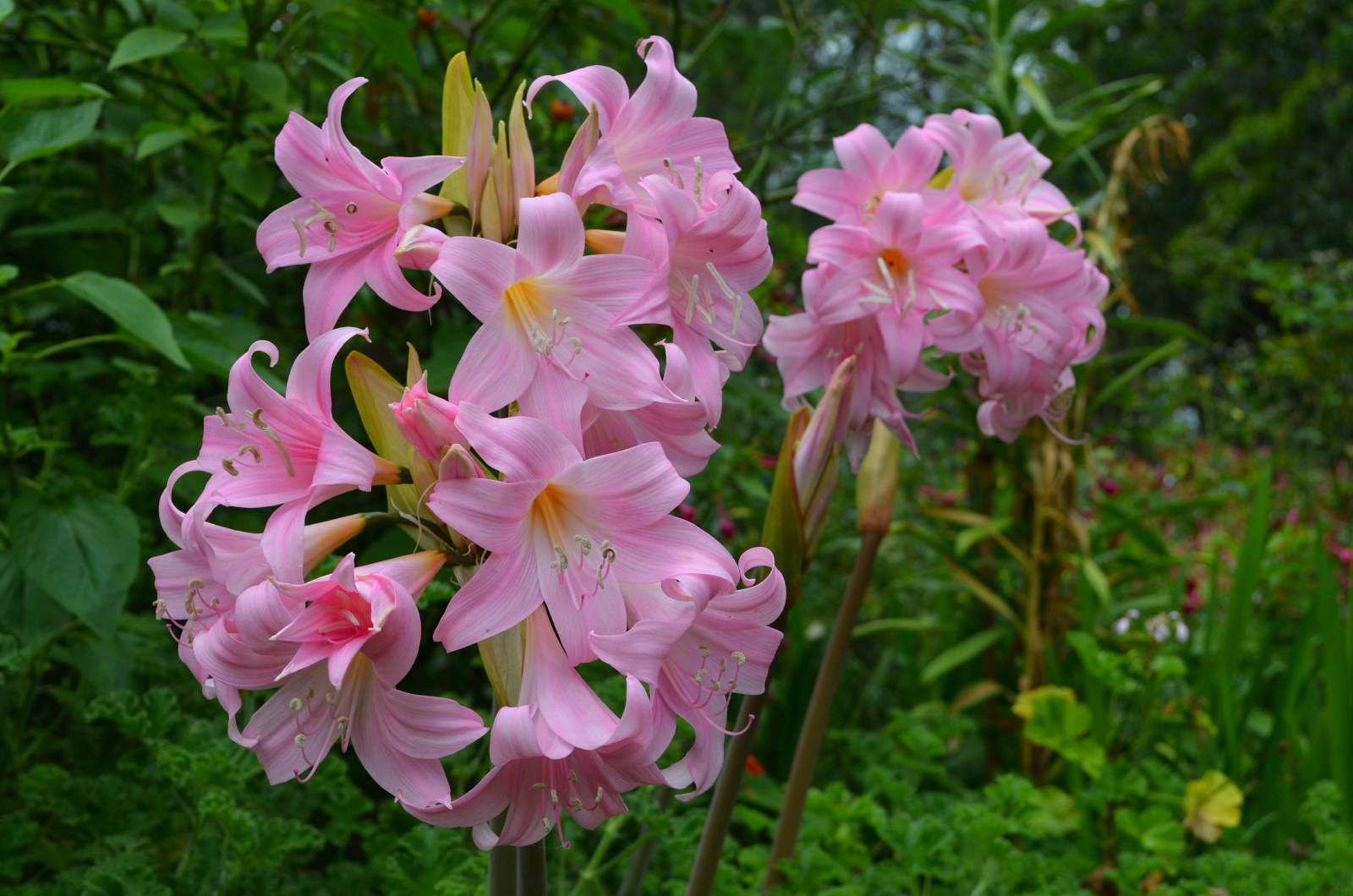The stunning elderflower at Vaucluse House
One of the most stunning plants growing at Vaucluse House today is elderflower. This versatile plant has a long history in colonial gardens.
Elderflower (Sambucus nigra) is a soft-leaved flowering plant from Europe. It is a hardy plant that can grow in many different soil types, including wet soils. It likes full exposure to the sun, but can grow in partial shade. It was often planted in herb gardens in the nineteenth century, but can also be used as a feature plant. Fragrant white flowers bloom in clusters about 30cm wide. These are then followed by the growth of elderberries. In total the plant can grow up to 3-4 metres tall.
Elderflower has a long history in European folklore. It was thought to be bad luck if the plant was cut down. It was also thought to have protective qualities and could ward off snakes.
Elderflower was often used to make cordial in the nineteenth century. The head of the elderflower was mixed with lemon & sugar, then strained through muslin cloth and bottled for two weeks. The result is a delicate elderflower-flavoured cordial.1 The plant also has a medicinal use. It was used as a topical ointment to treat skin conditions & bruises. It could also heal sore throats by reducing the swelling of mucous.
Because of the large cluster of fragrant flowers they produce, elderflower is an excellent source of nectar for butterflies and bees. They can be maintained and shaped beautifully, like the stunning elderflower on display in the herb garden at Vaucluse House.
Notes
- For more on how to make elderflower cordial visit ‘A taste of English summer’ by Scott Hill, The Cook and the Curator blog
Published on
Plant your history
Browse all
Plant your history
Beautiful bountiful bamboo
One of the most recognisable plants growing at Museums of History NSW today is bamboo. This colourful plant has a long history in colonial gardens

In the pink at Elizabeth Farm
Amid the late summer bounty in the garden at Elizabeth Farm, the crepe myrtle is the undoubted star of the show

Plant your history
Sumptuous cape bulbs light up late summer gardens
Belladonna Lilies and Crinum Lilies are tough bulbs that never say die and can survive years of neglect

Plant your history
Acanthus - an apt symbol for The Mint
Look at any classical building today, anywhere in the world and chances are you will find an acanthus leaf lurking somewhere
